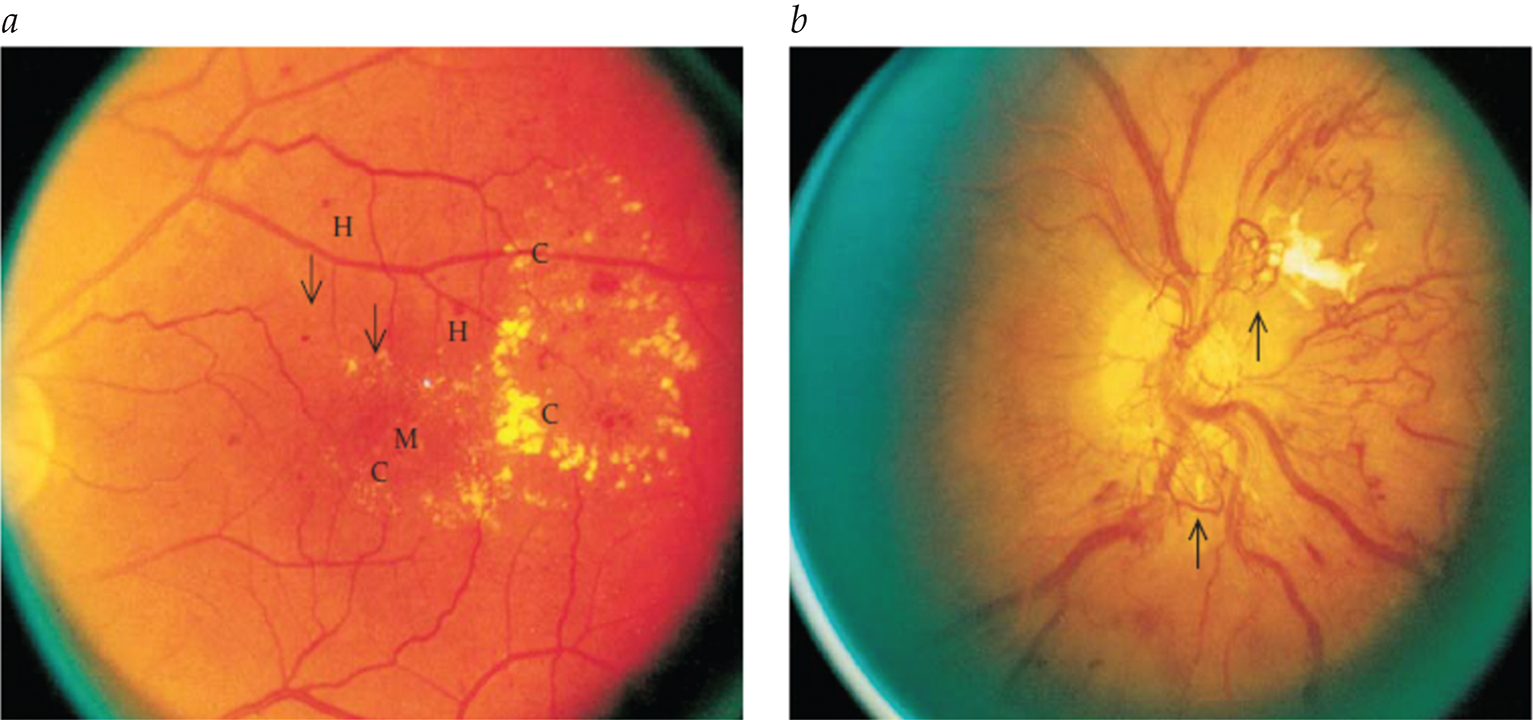- The number of permanent pacemakers implanted per year increased by 55.6% between 1993 and 2009, and is continuing to rise. Accordingly, the number of patients treated in the emergency department who have permanent pacemakers is increasing, and it is important for physicians in the emergency department to be familiar with the operation and potential complications of these devices.
- Genetic testing of first-degree relatives is recommended according to 2018 ACC/AHA/HRS guidelines on evaluation of bradycardia and conduction delay.
- Permanent pacing is reasonable intervention for patients with tachy-brady syndrome and symptoms attributable to bradycardia.
- 2018 ACC/AHA/HRS specific guideline considerations for genetic disorders, neuromuscular disorders, and infiltrative disorders (e.g., cardiac sarcoidosis and amyloidosis).
Latest Updates


Management of Shock in Infants and Children
- Extracorporeal membrane oxygenation (ECMO) is a modified method of cardiopulmonary bypass that is used as a last resort modality for support of the pediatric patient in cardiac and/or respiratory failure.
- VADs are a newer, alternative method of mechanical circulatory support for children in refractory heart failure or cardiogenic shock who are awaiting transplantation. VAD use in adults is well established, and its use in children has been steadily increasing over the last decade.
- Lactate is a by-product of anaerobic metabolism and is often used to diagnose and monitor the progression of shock. Although lactate is less frequently elevated in pediatric patients, an initial elevated lactate level has been found to be associated with increased risk of organ dysfunction in pediatric sepsis and can be followed as a marker of resuscitation.

- The number of permanent pacemakers implanted per year increased by 55.6% between 1993 and 2009, and is continuing to rise. Accordingly, the number of patients treated in the emergency department who have permanent pacemakers is increasing, and it is important for physicians in the emergency department to be familiar with the operation and potential complications of these devices.
- Genetic testing of first-degree relatives is recommended according to 2018 ACC/AHA/HRS guidelines on evaluation of bradycardia and conduction delay.
- Permanent pacing is reasonable intervention for patients with tachy-brady syndrome and symptoms attributable to bradycardia.
- 2018 ACC/AHA/HRS specific guideline considerations for genetic disorders, neuromuscular disorders, and infiltrative disorders (e.g., cardiac sarcoidosis and amyloidosis).

- Abdominal radiographs to diagnose functional constipation in pediatric patients not indicated.
- In unreliable pediatric patients, plain abdominal radiography may be useful.
- PEG is recommended as first-line maintenance treatment for functional constipation.

- Contemporary understanding of ventricular mechanics with identification of the structure and function of the ventricular myocardial band
- Detailed description of the anatomic proximity of cardiac structures and how knowledge of this proximity helps prevent intraoperative complications and damage to critical cardiac structures
- Comprehensive description of aortic root anatomy and mechanics and application of how this anatomy dictates performance of transcatheter aortic valve replacement

Microvascular Complications of Diabetes Mellitus
- Nonmydriatic fundus cameras with digital transmission enable efficient, remote retinopathy screening supervised by ophthalmologists.
- Two-step approach: significant lesions in digital retinal photographs prompt full ophthalmologist examinations.
- Cost-saving strategy for retinopathy screening, particularly beneficial in remote areas.
- Newer drugs (SGTLT 2 inhibitors, GLP-1 agonists, MR antagonists) offer added cardiovascular and renal benefits in diabetes.
- Chronic complications in diabetes require specialized management and consultation with appropriate specialists.


Microvascular Complications of Diabetes Mellitus
- Nonmydriatic fundus cameras with digital transmission enable efficient, remote retinopathy screening supervised by ophthalmologists.
- Two-step approach: significant lesions in digital retinal photographs prompt full ophthalmologist examinations.
- Cost-saving strategy for retinopathy screening, particularly beneficial in remote areas.
- Newer drugs (SGTLT 2 inhibitors, GLP-1 agonists, MR antagonists) offer added cardiovascular and renal benefits in diabetes.
- Chronic complications in diabetes require specialized management and consultation with appropriate specialists.

Nonalcoholic Fatty Liver Disease
- Imaging modalities in the assessment of NAFLD
- Controlled attenuation parameter as a point of care measure for hepatic steatosis
- Proton density fat fraction as MRI based measure for hepatic steatosis
- Liver stiffness measurement on elastography as a correlate of hepatic fibrosis or cirrhosis
- Active clinical trials in phase 2b and 3, yet no FDA approved therapy
- Intense lifestyle changes with 5-10% weight loss can improve fibrosis and steatosis


.png)






